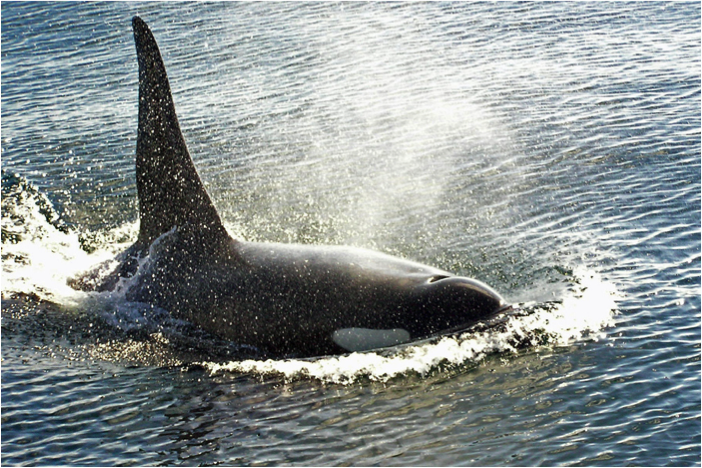New tool aims to help life science researchers formalize naming conventions for the environments they study.
The Science:
Biological and biomedical research is increasingly referencing and compiling data from environmental samples, leading to a growing need for a formal and standardized approach to describing those environments. The Environment Ontology (ENVO; www.environmentontology.org) is a community-led, open-access project headed by the Berkeley Bioinformatics Open-source Projects (BBOP) group at the Lawrence Berkeley National Laboratory. Its goal is to specify a wide range of environments relevant to several life science disciplines and accommodate the terminologies that those disciplines use.
The Impact:
ENVO has already been used on several projects including one related to marine microbes and another cataloguing grass species. As ENVO is adopted by a larger group of researchers, it will provide an even more extensive archive of environmental data.

In the paper describing ENVO, researchers describe an example of a sperm whale swimming on a rocky marine reef and provides one way of describing the biome, environmental feature and environmental material.
Summary
In recent years, life science researchers have focused more often on the environmental context instead of just the organism. This has yielded a plethora of data. However, this information has not been organized in any formal way. Researchers at the Berkeley Bioinformatics Open-source Project have devised a solution in ENVO.
An article, published December 13, 2013 in the journal, Biomedical Sematics, summarizes ENVO’s motivation, content, structure, adoption, and governance approach.
The basis for the organization scheme is three sets of terms: biome (for example, tropical rain forest biome, small lake biome, temperate desert biome), environmental feature (meadow, estuary), environmental material (freshwater, brackish water, underground water).
One example used in the paper is that of a killer whale swimming in a subtidal rocky reef. The biome could be described as neritic epipelagic zone biome [or ENVO_01000042 in the ENVO classification]. The environmental feature could be described as marine subtidal rocky reef [ENVO_01000150] and the environmental material could be described as coastal water [ENVO_00002150]. If the whale was in different circumstances, the labeling could be changed to brackish water or contaminated water. This makes it possible to specify the environment with greater accuracy and fewer unstated assumptions.
You can learn more about and browse ENVO at www.environmentontology.org. The ontology is available from http://purl.obolibrary.org/obo/envo.owl and an OBO format version is also available at http://purl.obolibrary.org/obo/envo.obo.
Contact
Suzanna Lewis
Berkeley Bioinformatics Open Source Projects
Lawrence Berkeley National Lab
[email protected]
Publication
Pier Luigi Buttigieg, et al. The environment ontology: contextualising biological and biomedical entities. Journal of Biomedical Semantics 2013, 4:43. 11 December 2013
doi:10.1186/2041-1480-4-43
Funding
U.S. Department of Energy, Office of Science
National Human Genome Research Institute
European Commission
Related Links
http://www.jbiomedsem.com/content/4/1/43/abstract
www.environmentontology.org
ENVO: http://purl.obolibrary.org/obo/envo.owl
OBO Format: http://purl.obolibrary.org/obo/envo.obo